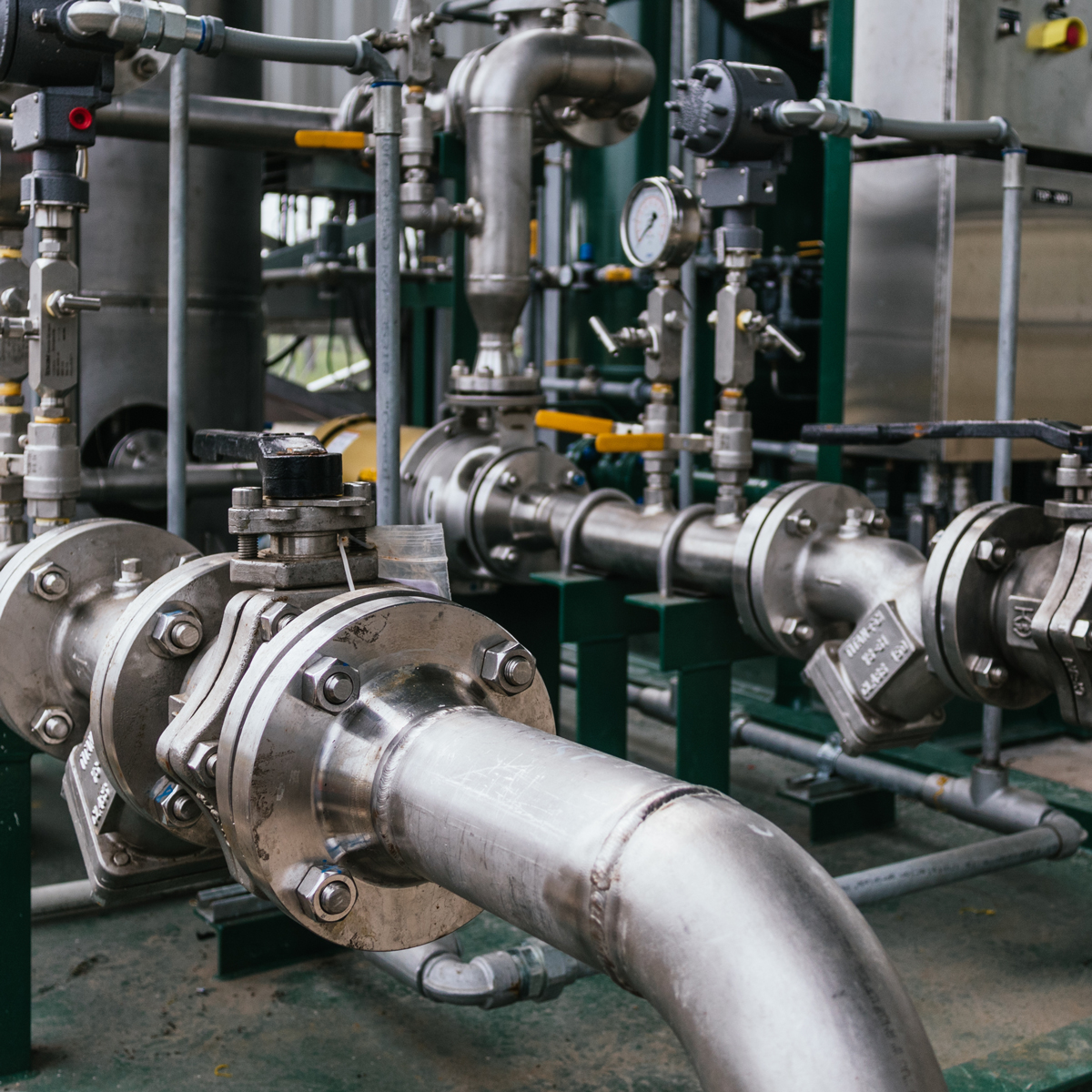Menu

Duration: 0.45 Hrs
Course Level: Intermediate
Languages: English
Capability: Audio, Video
The power to recognize and avoid injury is right at your fingertips. This course includes information on hand tools and power tools, including electrical, pneumatic, hydraulic, liquid fuel, and powder-actuated power tools. Topics covered include general tool safety, maintenance, guards, best practices, and operating guidelines.
Duration: 0.25 Hrs
Course Level: Intermediate
Languages: English
Capability: Audio, Video
This course covers micrometers and telescoping gauges. It also demonstrates how to read and use micrometers, dial indicators, digital calipers, thermometers, tachometers, and strobe RPM monitors.
Duration: 0.50 Hrs
Course Level: Intermediate
Languages: English
Capability: Audio, Video
A number of projects, large and small, professional and amateur, require the use of basic tools, including clamps, saws, saw blades, and drills. Since these tools often come in a variety of styles, sizes, and purposes, knowing how to make the best choices is practical knowledge to have. This course will identify and describe the common types of clamps, saws, saw blades, and drills as well as safety guidelines for using them.
Duration: 0.25 Hrs
Course Level: Intermediate
Languages: English
Capability: Audio, Video
Devices that are used to connect two or more objects together mechanically, are called “fasteners.” There are countless types of mechanical fasteners, and each one is specifically designed for a particular application. This module will identify and describe screw types, identify and describe bolt types, and describe how to use a torque wrench.
Duration: 0.25 Hrs
Course Level: Intermediate
Languages: English
Capability: Audio, Video
Table saws are essential tools used to accurately cut lumber and sheet materials like plywood and particleboard. This course discusses the location and function of the major components of a typical table saw and safety guidelines to follow while working on and around a table saw. It concludes by illustrating how to adjust the blade height and blade tilt, as well as how to square the blade and set the cut width. Understanding the table saw will allow you to use the saw properly and effectively, and will help prevent you or your co-workers from being seriously injured.
Duration: 0.25 Hrs
Course Level: Intermediate
Languages: English
Capability: Audio, Video
Table saws are essential tools used to accurately cut lumber and sheet materials like plywood and particleboard. This course discusses the location and function of the major components of a typical table saw, safety guidelines to follow while working on and around a table saw, several different cut types that can be performed by a table saw, and the techniques used make those cuts. Understanding how the table saw operates will allow you to use it properly and effectively, and will help prevent you or your co-workers from being seriously injured.
Duration: 0.50 Hrs
Course Level: Intermediate
Languages: English
Capability: Audio, Video
Wrenches and hammers are two of the most commonly used tools. From do-it-yourself weekend projects in the garage at home to large scale industrial construction, it is almost inevitable that wrenches and hammers of one kind or another will play a significant role. They are incredibly helpful, and make difficult jobs much easier and more efficient. This course will describe the different types of wrenches and hammers available as well as safe work practices for using them.
Duration: 2.00 Hrs
Course Level: Intermediate
Languages: English
Capability: Audio, Video, MobileReady
This course is designed to familiarize participants with the basic design and operation of forklifts. After completing this course, participants should be able to describe how forklifts can be classified and identify the major features and common working dimensions of a forklift. They should also be able to explain how to inspect a forklift, how to recharge or refuel a forklift, and how to operate a forklift safely.
Duration: 1.00 Hr
Course Level: Intermediate
Languages: English
Capability: Audio, Video
Process facilities contain a number of process units, and each process unit consists of one or more process systems. These process systems are made up of many different types of components, including various types of process vessels. A process operator must be familiar with the functions and features of all the different types of process vessels. This course focuses on a general group of vessels that can be referred to as auxiliary vessels.
Topic I: The Process System
Topic II: Storage Vessels
Topic III: Mixing Vessels
Topic IV: Basic Separation Vessels
Topic V: Centrifuges and Cyclones
Topic VI: Clarifiers, Absorbers, and Adsorbers
Topic VII: Strippers and Evaporators
Topic VIII: Dryers
Duration: 1.00 Hr
Course Level: Intermediate
Languages: English
Capability: Audio, Video
Hand tools are used every day in construction, manufacturing, and industrial settings as well as for do-it-yourself projects at home. Hand tools can make it safer and easier to do many different kinds of jobs. This course discusses the proper use and general care of a wide variety of hand tools.
Duration: 1.00 Hr
Course Level: Intermediate
Languages: English
Capability: Audio, Video
Maintenance mechanics work with a variety of hand tools to perform many jobs, so it is important for mechanics to understand the function and care of common hand tools. Mechanics should know how to select the correct tool for any given job and how to use tools efficiently and safely. This course discusses the proper use and general care of pliers, vises, clamps and punches.
Duration: 1.00 Hr
Course Level: Intermediate
Languages: English
Capability: Audio, Video
This training program focuses on common types of portable and emergency equipment that are found in industrial facilities. Some types of portable equipment are used to periodically analyze conditions in a process or inside process equipment. Other types of portable equipment, such as pumps, have specialized roles that are determined by plant procedures and policies. Emergency equipment, such as respirators and fire fighting equipment, is used strictly during emergencies.
Topic 1: Oxygen Analyzers
Topic II: Combustibles and Hazardous Gas Analyzers
Topic III: pH, Temperature, and Vibration Analyzers
Topic IV: Portable Process Equipment
Topic V: Respirators